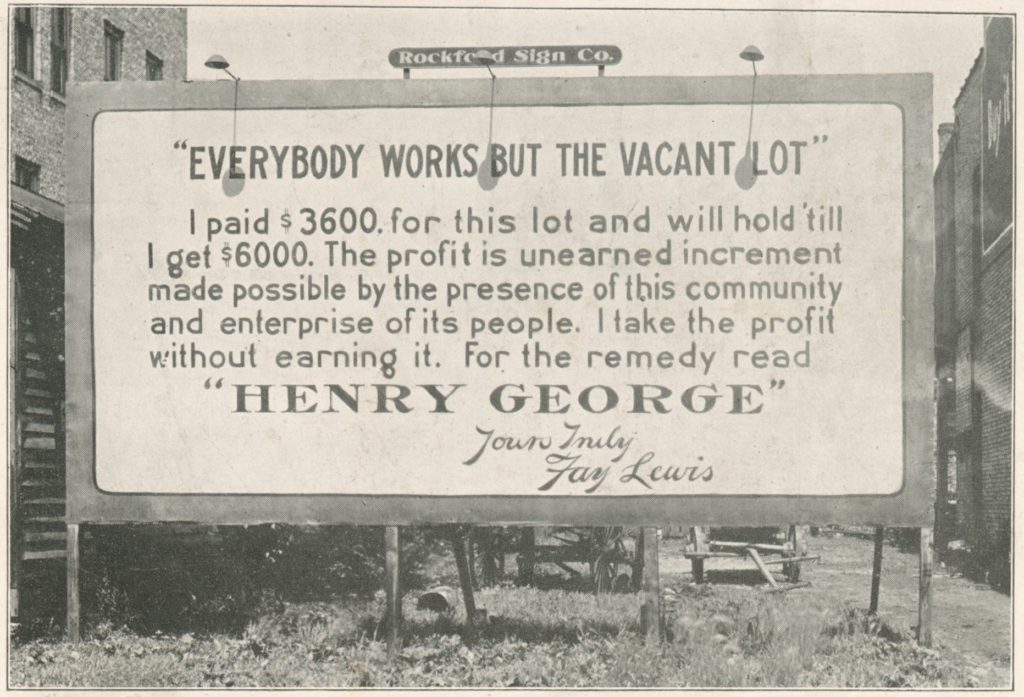PERSPECTIVE: LB Police Union has Given the Mayor $500K since 2015, Elected Officials Must Stop Taking Their Money
8 minute readThe views expressed in this article do not necessarily reflect the views of FORTHE Media.
The Long Beach Police Officers Association (LBPOA) has donated over half a million dollars to various political committees led by Long Beach Mayor Robert Garcia since 2015, according to our review of local campaign finance records. That includes over $90,000 in just the first few months of 2020.
Garcia has twice this week been forced to meet protesters, as thousands of residents have bravely joined the country’s ongoing demonstrations over violence against Black people.
The death of Breonna Taylor at the hands of Louisville police during a no-knock raid, along with footage of Minneapolis police officers killing George Floyd, have brought much of the focus of the demonstrations upon police violence and, rightly so, police budgets.
Those budgets are determined by local officials, who in turn are influenced by wealthy police unions. We pulled the receipts, and, since 2015, the LBPOA is Garcia’s single largest donor.
Their $500,000-and-counting is also the largest amount given by any single contributor to any candidate or officeholder in the city during the past half decade, making the police union one of the most powerful lobbying groups in Long Beach.
Much like calls to say no to contributions from political action committees, or corporate donors, or the oil industry, the effort to defund police departments could be aided by urging politicians and candidates to refuse police union money.
SAY THEIR NAMES
Since Garcia took office, the Long Beach Police Department has come to agreement with the city on two new contracts. The Beachcomber’s Columnist Stephen Downing, who follows LBPD developments closely, concluded of the most recent one: “The math in the new contract… adds up to each Long Beach police officer receiving a pay and benefits increase of roughly $30,000 per year…”
Along with increased wages and benefits, it also formalizes a policy already practiced by the department since at least April 2019: notifying police personnel when a public records request has been made related to them, providing them the name of who made the request, and allowing a five-day grace period for the personnel to review the records prior to public release.
The Black Lives Matter Long Beach chapter wrote an open letter to the City Council in September, opposing the policy. They argued that approving the contract would show that “City Council members are in the business of valuing police privilege over legal transparency.”
The ACLU of Southern California said the same, writing, “it seems designed to abet obstruction and delay transparency…”
Despite the LBPD wanting to know the names of those who make public records requests, the LBPOA took a lawsuit all the way to the California Supreme Court in 2011, arguing that the names of police officers who have shot someone should not be subject to disclosure.
THE DECIDING VOTE ON MEASURE A
In March, Long Beach voters barely passed—by 16 votes—an extension of Measure A, which had been placed on the ballot by City Council. (The controversy and a recount stemming from the vote are still ongoing.)
As a result, the city will maintain an additional sales tax past 2027. Though the revenue will be part of the city’s general fund, the mayor and other elected officials have consistently said the funds would be earmarked for various infrastructure and public safety investments, including policing.
The police association certainly believed these promises, as they placed their weight firmly on the “Yes” side with an unprecedented $200,000 donation to the lengthy “Mayor Garcia Committee to Protect Police & Fire and Repair Infrastructure in Long Beach.”
Long Beach Police Chief Robert Luna even helped the mayor co-author the supporting argument for the measure that appeared on voters’ ballot booklets, urging, “We must maintain and enhance police services…”
Four years earlier, the original Measure A was also passed by voters—again with the backing of Garcia and the police association. The LBPOA political action committee sent almost $250,000 to the equally lengthy “Yes on A & B, Mayor Garcia Committee to Protect Police & Fire and Repair Infrastructure in Long Beach.”
The Long Beach Business Journal summarized then-Assistant City Manager—now City Manager—Tom Modica as saying that the 2016 Measure A helped add “41 new public safety positions within the police and fire departments.”
The city’s budget last year stated $2.2 million of Measure A funds would go to the “Police Department’s Neighborhood Safe Streets Initiative,” to support “community policing strategies to reduce violent crime and property crimes.”
With Measure A expected to raise hundreds of millions more in funding for the city over the next decade, perhaps the LBPOA saw $450,000 as an easy buy-in.
Tomisin Oluwole
Face the Music, 2022
Acrylic on canvas
24 x 36 inches
Click here to check out our interview with Tomisin Oluwole, a literary and visual artist based in Long Beach.

Instead of gunking up our site with ads, we use this space to display and promote the work of local artists.
According to the city, 48% of the city’s general fund budget is dedicated to the police department.
GARCIA FOR LIEUTENANT GOVERNOR?
Last year, Garcia started the Robert Garcia for LT Governor 2026 committee. Despite the title, this new entity is possibly just a temporary place to hold funds until a committee for his 2022 mayoral reelection bid can be legally formed.
Garcia’s 2026 committee already has over $180,000 on hand.
Any elected official who has leftover funds from a campaign can funnel the money to a new committee, and then to other candidates, solidifying political power. This can further advantage incumbents seeking reelection, or even help them hand-pick their successors.
The LBPOA PAC sent the maximum allowable $7,800 to Garcia’s committee last December, which then sent contributions of its own to other local City Council campaigns: $1,000 to Mary Zendejas (CD-1), and $400 each to Cindy Allen (candidate for CD-2), Dee Andrews (CD-6), and Al Austin (CD-8).
The largest contribution the Garcia committee made was $10,000 to the Long Beach Firefighters Association PAC, which was used as part of a wider campaign to elect Zendejas to the First District council seat, according to campaign finance forms. Zendejas, who won that election, is now asking for campaign finance limits to be raised yet again.
The money from Garcia’s committee closely aligns with the LBPOA’s list of endorsements for upcoming races. The LBPOA has stayed in suit with donations of its own to each of those candidates over the last year: Zendejas ($2,500), Austin ($1,150), Allen ($400), and Andrews ($400).
Expect donations to the latter three to grow as they approach their November elections.
OFFICEHOLDER ACCOUNTS
Long Beach elected officials can also use controversial officeholder accounts—which allow them to raise money even when not campaigning—to pass funds on to other candidates or causes, or to give them a headstart on reelection.
Though officeholder accounts were originally meant to hold small sums for personal expenses accrued as a public official, soon after Garcia was elected mayor in 2014, he moved to politicize the accounts.
The City Council voted first to triple the maximum account allowance in 2015, and then, two years later, permitted the funds to be slushed around to other candidates. Echoing Citizens United, Deputy City Attorney Amy Webber was paraphrased by the Long Beach Press Telegram as equating this new privilege with the right to political speech.
The result, however, has been to expand the networks through which elected officials can move funds, sneaking past the spirit—while staying just within the body—of the campaign finance laws meant to limit contributions and prevent entrenched interests from dominating local politics.
The LBPOA has given just over $29,000 to various incumbent officeholder accounts since 2015, according to campaign finance forms. That includes the maximum allowable amount, $1,000, to Garcia five years running, for a total of $5,000. We can assume this year’s grand is already on its way.
OTHER CONTRIBUTIONS
Here is the full list of LBPOA contributions to incumbents and candidates as of June 6, 2020, including tallies from campaigns, committees, and officeholder accounts.
Other than Zendejas, who was elected in 2019, and Cindy Allen, who is currently seeking office, every other person on this list has donations counted from 2015 to the present:
- $646,917 – Mayor Robert Garcia
- $9,150 – Councilmember Rex Richardson
- $4,900 – Councilmember Suzie Price
- $4,000 – Councilmember Daryl Supernaw
- $3,800 – Councilmember Roberto Uranga
- $3,550 – Councilmember Al Austin
- $3,350 – City Prosecutor Doug Haubert
- $3,050 – Councilmember Stacy Mungo
- $2,500 – Councilmember Mary Zendejas
- $1,550 – Councilmember Jeannine Pearce
- $1,150 – Vice Mayor Dee Andrews
- $400 – Candidate Cindy Allen
The only other donation of note to a current candidate is the $2,500 the LBPOA gave to Herlinda Chico for her failed City Council bid in 2015. She is presently running with LBPOA endorsement for the Long Beach Community College School Board.
Updated at 1:34 p.m. March 28, 2022 to include two missing donations to Robert Garcia that were mistakenly believed to have been duplication errors. Several other donations were also accounted for to multiple candidates that had failed to show up in the city’s campaign finance search function.
The words in this article belong solely to the author—but I hope you won’t let it stay that way. Reach out to me with ideas for art, stories, perspectives, solutions, and new politics: andrew@forthe.org. Alternatively, DM me on Instagram if that is more convenient: @oldschoolcarroll.


 andrew@forthe.org
andrew@forthe.org




